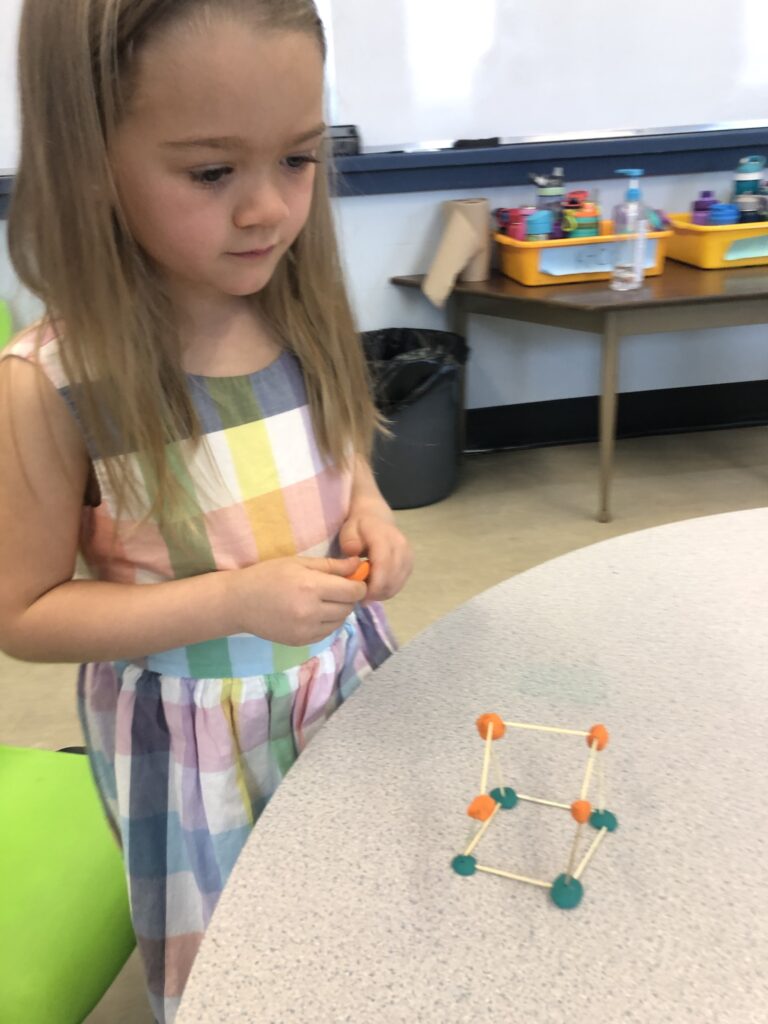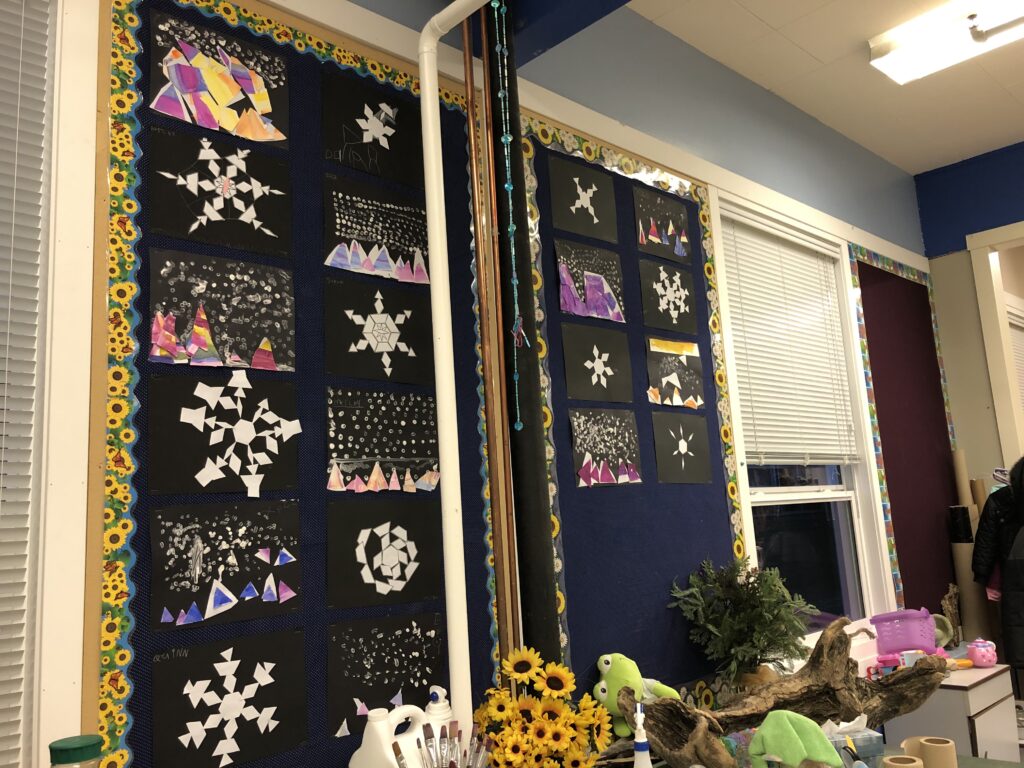My 10-week certification practicum took place at Kamloops Christian School in a Kindergarten classroom. Through this experience I taught in both an indoor/traditional classroom setting and at outdoor learning exploration zones at McArthur Island which was walking distance to the school. I worked with a team of Kindergarten teachers: my outdoor teacher mentor (primary Teacher Mentor for the practicum), indoor teacher mentor, and a third teacher who taught indoor days for the second class of Kindergarten students.
My experiences of outdoor education, learning centres, and Indigenous education are shared in my e-portfolio. On this page I’d like to highlight some further areas of my teaching and experience.
Social Emotional Learning
The group of students had high social and emotional needs. This was both in part due to major changes, and for some trauma, taking place in their personal lives and heightened due to the pandemic. During my time with the students my Teacher Mentor and I talked frequently to discuss and brainstorm how best to help this group of children at this time. We were intentional about making sure students had a bit of time with one of us each day for connection and we provided opportunities for students to share and be heard. Some students needed significant support in their regulation and we worked towards equipping self-regulation. Some initiatives that we brought into the classroom include: each morning started with breathing/meditation videos, some of the students with the highest needs connected most positively to this and often were able to enter into the learning that was scheduled for the morning; a bin of regulation tools with accompanying teaching on their uses; calming music/video during lunch with the lights dimmed, ie: live aquarium. We also had conversation with the school Educational Support Services Coordinator both about particular students and their needs and how to support the class as a whole.
English Language Arts
The English Language Arts program focused on letter sounds and recognition during my practicum. Handwriting without Tears, The Alphabet Jive, AlphaTales, and a Letter Tray were used to support this learning. Students sang, made actions, brainstormed words for each letter, heard the sound, repeated the sound, engaged in letter recognition, printing (both on white boards and paper), coloured and cut each letter, “is the letter in your name?”, and looked for each letter in the classroom. Each week had us learning a different letter and was filled with the “ah-ha” moments as students heard or found a word with a letter throughout the day.
Alongside the letter program was daily Read to Self and Word Work (from Daily5), the reading of books and connected prediction, questioning, and comprehension. Students had opportunities to speak and listen and through learning centres worked on rhyming, letter sounds, CVC word families, and extensions activities for printing and the letter of the week.
Social Studies
I developed and taught a unit on family diversity and celebrating our families. This unit incorporated many books including, “A Family is a Family is a Family” by Sara O’Leary and “Fry Bread: A Native American Family Story” by Kevin Maillard. Students used sentence strips and family member images to show who’s in their family, they made a Family Glyph on house cutouts, through a drawing they shared what their family likes to eat and what they like to do with their family, they brought pictures of their family to put on the wall, and after reading, “My heart is filled with happiness” by Monique Gray Smith they did marble art on cut out hearts and wrote down what fills their heart with happiness. This display is up in the main school hallway.

Math
I planned and taught a 2D math unit and a 3D math unit. Both units incorporated significant hands-on-learning with some worksheet activities and was accompanied by learning centres.

Science
Science was taught both indoors and outdoors and incorporated stories, observation, art, KWL chart, Venn Diagram, and drawn/written responses. Significant portions of this unit were taught with hands-on engagement. Students observed tracks in the snow, imagined the story that may have been connected to the tracks being there at that time and engaged in bookwork outside as a response to what they saw.





























